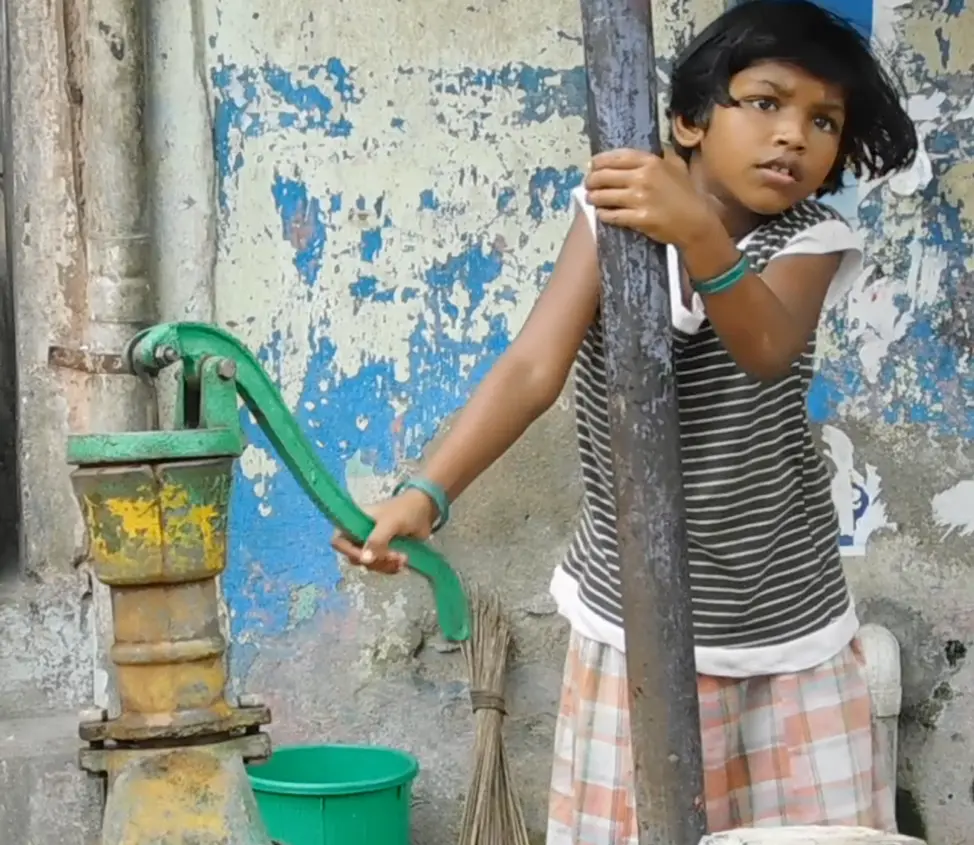
Priorities
On the day I visited Sathyavani Muthu Nagar in Park Town, a neighborhood in Chennai, nine-year-old Kendriya was one of two girls who told me she had to stay home from school to help her mother with house chores. Over the course of one hour, Kendriya made at least four trips to the water pump closest to her home to fill a blue bucket with tap water, commonly known as bore water in Chennai. Bore water is most often used for cleaning and is not of drinking quality. Kendriya and her family share the water pump with three other families who live nearby. Residents told me that they rely on bottled water from the Chennai Metropolitan Water Supply and Sewage Board about three times a week. As early as 5am, people bring buckets and cans to meet the trucks at the entrance to the neighborhood about three times a week.
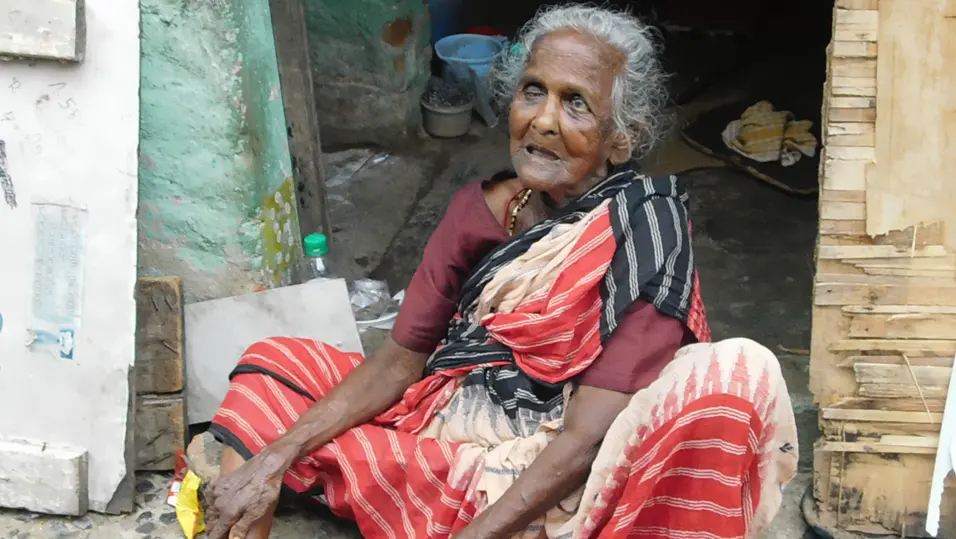
Homes Hold History
Sathyavani Muthu Nagar is home to thousands of residents whose families have lived in the slum community for several generations. While some are aware of violent flooding, hazardous pollution in the Cooum River—which runs alongside the community—and the health risks associated with contaminated water sources, many are reluctant to leave. The Chennai River Restoration Trust has evicted about 2,000 families from the 58 slums that sit on the river. In 2020, the trust razed about 1,600 homes in Sathyavani Muthu Nagar alone, The Hindu reports. The families were relocated to project housing in Perumbakkam, about 40 minutes away from Sathyavani Muthu Nagar.
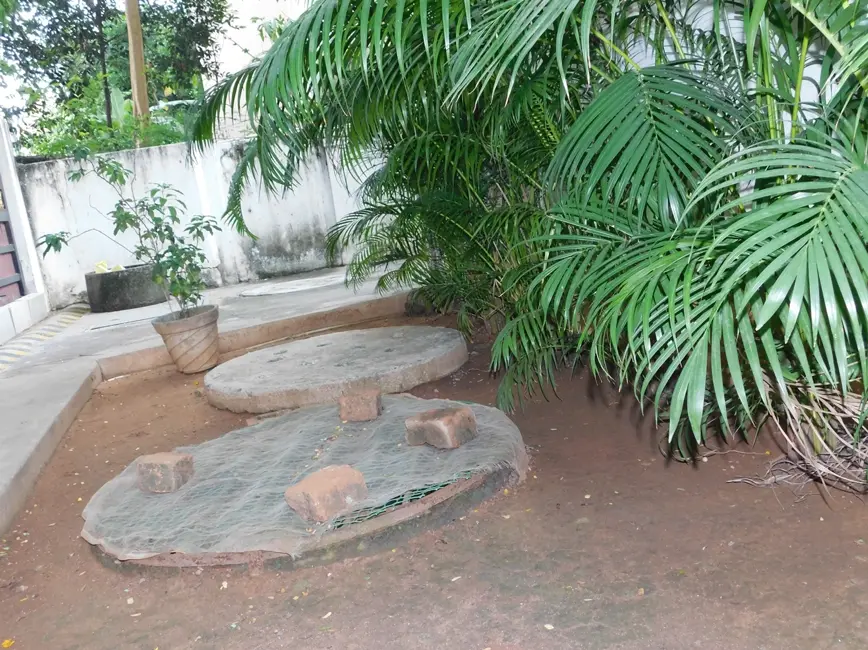
More Than Rain
Rainwater harvesting can be as simple as a hole in the ground. The Akash Ganga Trust Rain Center in central Chennai, India, has relied on rainwater for drinking, sewage, and watering local vegetation for more than 20 years. The only location of its kind in the entire country, Rain Center director Sekhar Raghaven and employees at the center work with landlords, homeowners, local businesses, and major corporations to install their own rainwater harvesting systems. The Rain Center is an active example of the work that Raghaven and the team at the center have been doing since 2002. The two holes pictured above are underground tanks that catch, hold, and transport the water throughout the property to be treated and stored for regular use. Collecting water from the sky can be an easy process with the right nature-based materials, Raghaven says.
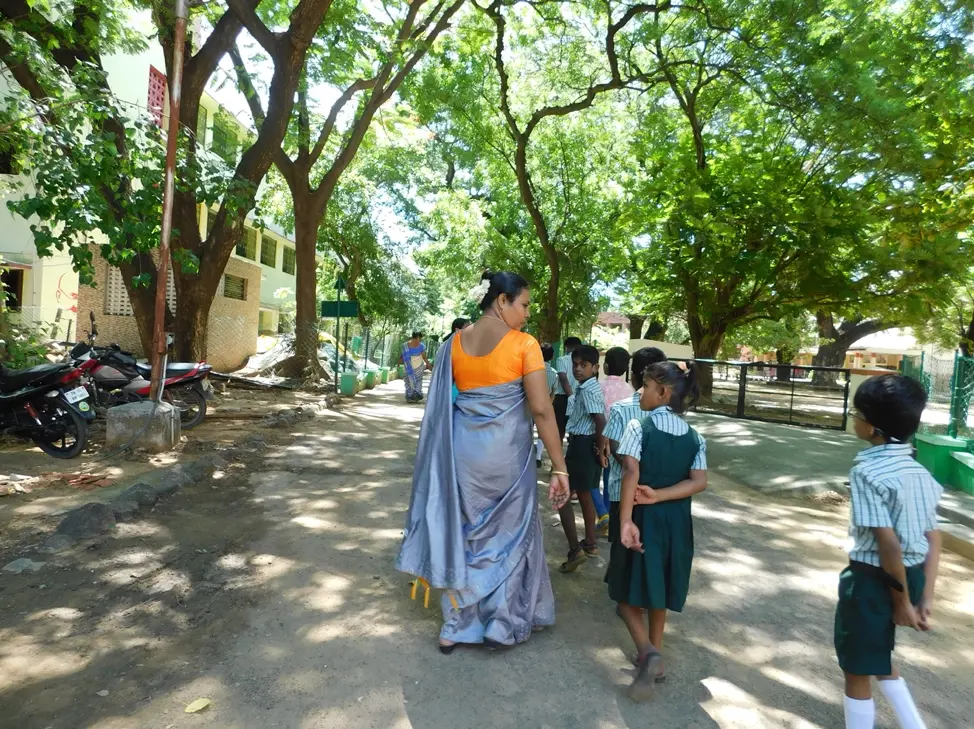
Nourishing the Future
A teacher at the Little Flower Convent Matriculation Higher Secondary School walks second grade students across the campus for lunchtime and recess in T. Nagar, East Mambalam. Sometimes, areas of the school flood so badly that students can’t reach the playground. The school is home to a pilot program by local architects, urban designers, and engineers from the City of 1,000 Tanks Chennai consortium who are building a closed-loop water filtration and recycling system right outside the classroom windows. The system will rely on native plants and underground tanks to treat sewage water from residents living on the school campus. With contractors from the Chennai community and lessons on environmental science for students, the pilot aims to involve the youth in the environmental security of their own futures. “The school may not be able to fully rely on the system until 30 years from now, or more, but the whole point is starting now,” said City of 1,000 Tanks co-director Sudhee NK. “The purpose is to build a self-sustaining system and, if it works, we can build these in other places around the city.”
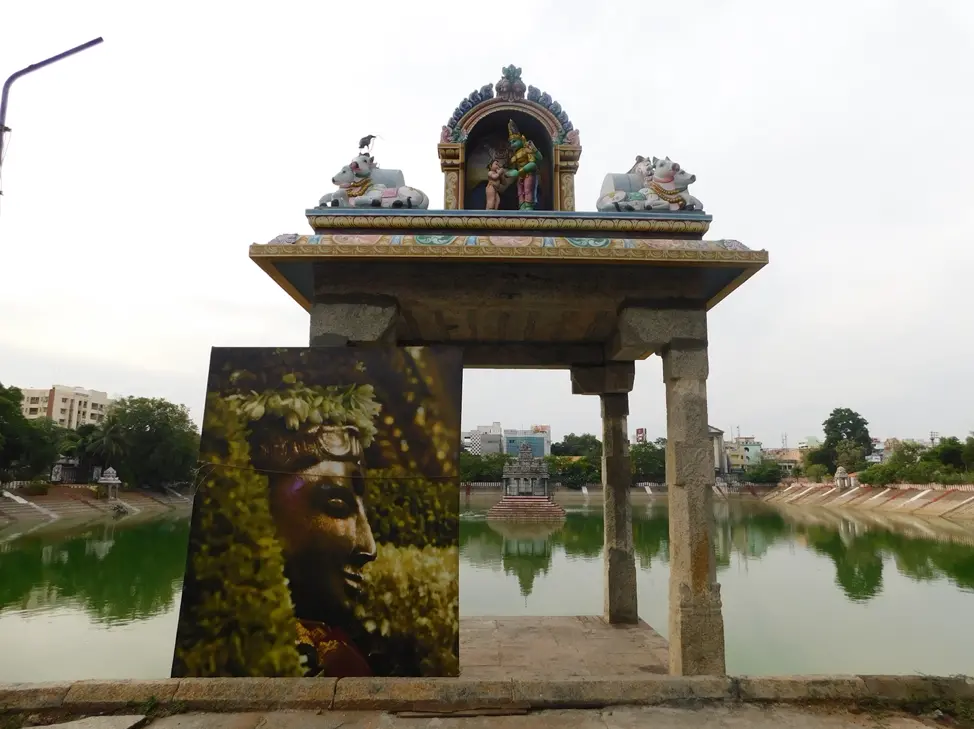
Restoration
The second flagship project from the City of 1,000 Tanks Chennai team is the restoration of Mylapore’s temple tanks, which are constructed in conjunction with Hindu temples. In addition to their significance in Hindu ceremonies, these tanks are also excellent for determining the quality and levels of the water table below each locality. Due to severe pollution, several of the temple tanks in Mylapore are polluted and neglected. The project, which Sudhee NK says is still in the planning phase with the city, will begin with a widespread cleanup before the City of 1,000 Tanks experts introduce native plants and constructed wetlands to filter the filth from the tanks one by one. When Day Zero ran the city dry in June 2019, the tanks were practically barren for about three weeks, City of 1,000 Tanks co-director Sudhee NK said.









